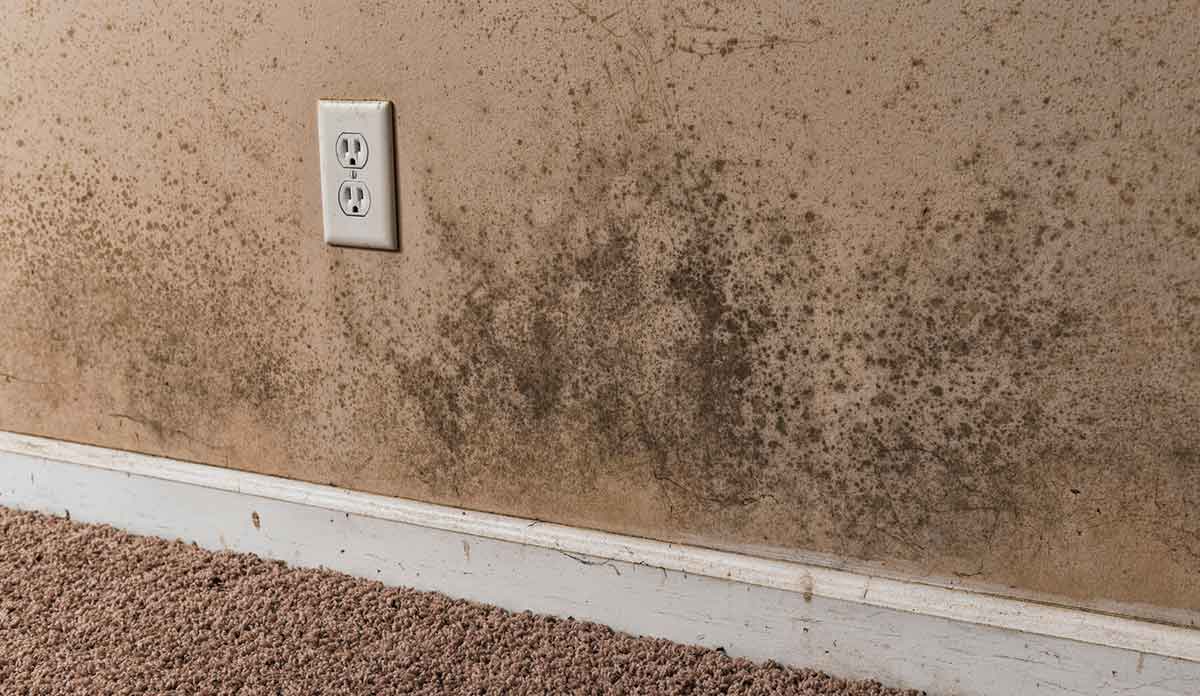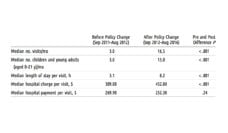Human beings have a number of basic needs that must be met in order to survive and function. These include water, food, sleep, and oxygen. One resource that helps us meet both physiological needs (e.g., warmth, rest) and safety needs (e.g., security, orderly environment) is physical shelter.
While adequate housing promotes health and well-being, inadequate or poor quality housing can impair our physical and mental well-being. The World Health Organization notes that low quality housing can lead to a number of physical ailments, including respiratory illness (e.g., asthma), allergic reactions, and serious injury. Research has also shown that people exposed to adverse housing conditions are at greater risk of depression, anxiety, and other mental health problems. Unfortunately, adverse housing conditions are fairly widespread, even in the United States. A recent report by the Center for American Progress, for instance, indicated that, of the roughly 137 million housing units in the US, approximately 30 million have one or more serious health/safety hazards.
While all residents are affected by housing conditions, young children are particularly sensitive to disorder and hazards in the physical environment of the home, due to the malleability and plasticity of the brain during early life. As a result, substandard housing can interfere with multiple dimensions of child development, including behavioral development.
We were particularly interested in uncovering which form of housing adversity, if any, would heighten the risk of early involvement in delinquency—one of the most important red flags for a chronic, violent criminal career.
Recently, my colleagues and I analyzed secondary, longitudinal data from 1,300 at-risk families across the United States to uncover whether housing might have a long-term impact on children’s penchant for delinquency. We analyzed observations from trained staff who conducted in-home interviews with caregivers of young children and, in doing so, observed the condition of the housing structure as well as the interior of the home. At the time of the in-home interview, when children were approximately five years of age, these trained observers noted the extent of household disarray (e.g., clutter, untidiness), deterioration (e.g., cracks in the walls, peeling paint, broken windows), and health/safety hazards (e.g., mice/rats, exposed electrical wiring, mold). Approximately four years later, information concerning the child’s early involvement in delinquent behavior by age 9-10 was also ascertained, including drug, property, and violent delinquency. We were particularly interested in uncovering which form of housing adversity, if any, would heighten the risk of early involvement in delinquency—one of the most important red flags for a chronic, violent criminal career.
…household disarray and mild deterioration had little to no bearing on the risk of early involvement in delinquency among children. However, household health/safety hazards were strongly linked to early delinquency.
We were surprised to find that household disarray and mild deterioration had little to no bearing on the risk of early involvement in delinquency among children. However, household health/safety hazards were strongly linked to early delinquency. While fewer than 1 in 14 children with no housing risks were predicted to engage in early delinquency, more than 1 in 4 children with early exposure to household safety/health hazards were predicted to engage in early-onset offending. This finding suggests that household health/safety hazards may be an important, yet often overlooked risk factor for early involvement in delinquency.
In terms of policy, these findings suggest that housing should be viewed as an important behavioral health resource and a vital component of developmental crime prevention. Programs such as the US Department of Housing and Urban Development (HUD) Healthy Homes Program may be a critical resource in crime prevention. Such programs can assist at-risk families in making strides towards maintaining safe, non-hazardous homes for children. Our findings also suggest that other in-home interventions (e.g., Functional Family Therapy, Nurse Family Partnership) might prevent crime by taking comprehensive steps to mitigate hazards in the physical environment of the home.
Feature image: cmannphoto/iStock













